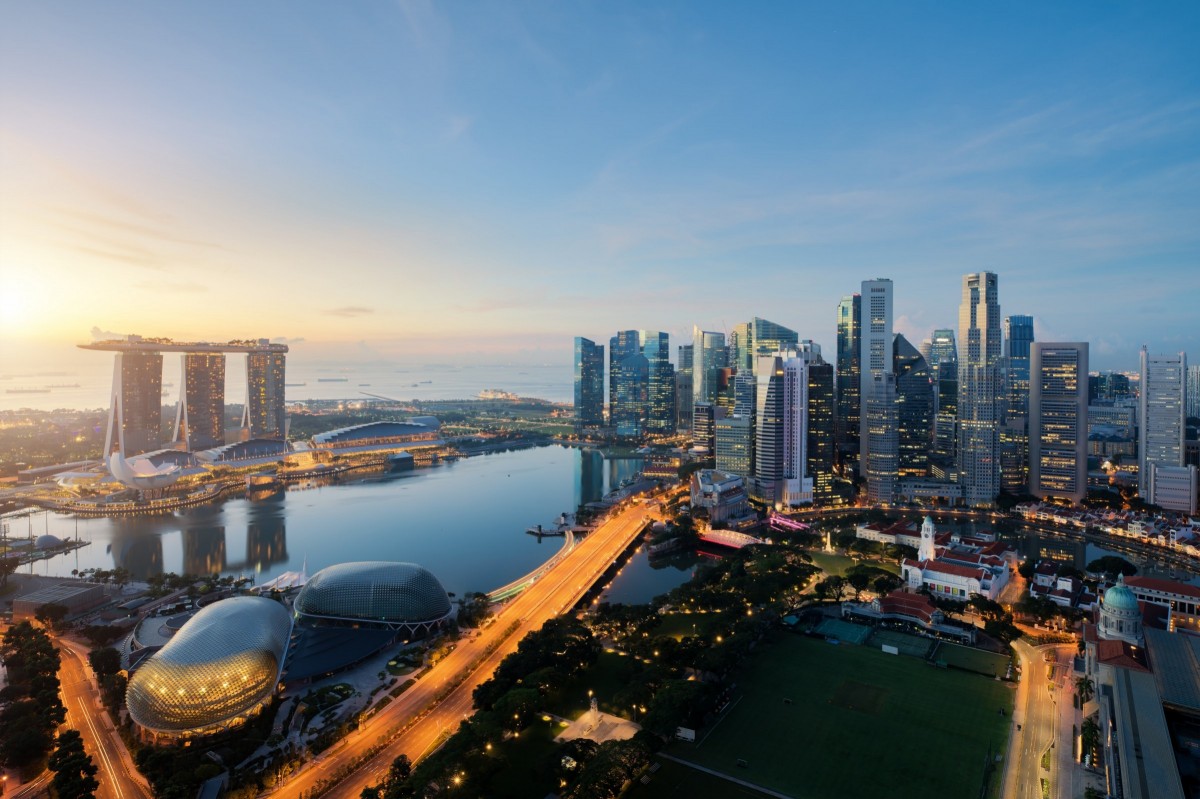Singapore Gets Its Fourth SGD 33 Billion Covid-19 Stimulus
Despite the fourth stimulus, a deeper GDP fall this quarter and negative growth for the rest of the year is still very much a possibility for the heavily export-dependent economy.

Source: Shutterstock
The Fortitude Budget - fourth package
Singapore has announced another stimulus package today to help the economy turn the Covid-19 tide bringing the total stimulus to SGD 92.5 billion, about 19% of GDP.
Unlike hefty stimulus packages in other countries, which constitute a lot of fluff than real spending, a substantial portion of Singapore's stimulus forms a real boost to the economy. This is further reinforced by the fact that more than half of the total stimulus is set to be funded by SGD 52 billion drawdowns from past reserves, while the overall fiscal deficit is projected to be at a record SGD 74.3 billion, 15.4% of GDP.
Singapore's total stimulus package amounts to something like SGD 92.5 billion, about 19% of GDP.
Termed as “The Fortitude Budget”, the SGD 33 billion new supplementary budget builds on previous three such budgets (Unity, Resilience, and Solidarity budgets) to provide more support for workers, businesses, households, communities, and frontline agencies dealing with the pandemic. The main focus of the new package is preserving jobs by further enhancing the jobs support scheme, extended waiver of foreign worker levy, rental grants for SMEs, and measures to create 40,000 new jobs in public and private sectors this year.
Even with a massive stimulus, large GDP contraction this quarter and potentially negative growth for the rest of the year could still become a reality for the heavily export-dependent economy given extremely weak global demand. That said, the unprecedented stimulus should go some way in lifting the confidence and facilitating a more vigorous post-COVID recovery than would otherwise have been the case.
Still weak outlook - another growth forecast cut
The additional stimulus comes on the day the government also cut its export and GDP growth forecast and warned about the weak labor market.
Enterprise Singapore’s, the trade agency, now sees as much as a 12% fall in total exports and 4% fall in non-oil domestic exports this year against an earlier view of up to 1.5% growth in both measures. It cited a severe impact from Covid-19 and low oil prices as reasons for the downgrade.
Separately, the Ministry of Trade and Industry cut the full-year 2020 GDP forecast to around a 7% fall from the previous 4% fall - the third cut so far led by deteriorating external demand and impact form Covid-19. And, the Ministry of Manpower expects a “considerable uncertainty” ahead leading to retrenchments.
We have revised our GDP forecast to -3.7% for 2020 from -2.6%, subject to asymmetric downside risk.
Pharmaceuticals - a silver lining
Also released today, industrial production had yet another strong month of growth in April. A 13.0% year-on-year surge in industrial production last month was a stark contrast to the consensus of a 1% fall. The seasonally adjusted output was up 3.6% from March, also beating the consensus of -7.0%. These gains follow 16.5% YoY and 21.7% MoM growth in March.
Exports have been the main source of manufacturing strength in recent months. However, it's been rather lopsided than a broad-based strength, lifted by a surge in the pharmaceutical demand during the global pandemic. A 174% YoY jump in pharma exports in April helped the output bounce by 141%. Everything else has been weak though.
The key question is how far the pharma-led export strength will last? Unlikely for too long, judging from sharp cuts to official export and growth forecasts.
Inflation - on a steady downward path
Domestic demand seems to be getting a beating as reflected by data on consumer prices today. For the first time since late 2016, CPI inflation slipped into the negative territory coming in at -0.7% YoY, dropping down from 0% in March. Core inflation also weakened slightly to -0.3% from -0.2%.
Food inflation continued to buck the broader negative trend, rising by 2.1% YoY on top of the 1.5% gain seen in March, but all other components posted steeper declines. The main administrative factors contributing to the negative trend in April were the quarterly budget rebate of services & conservancy charges for public housing and a 5.1% cut in electricity tariffs. Besides, the transmission of lower global oil prices to domestic fuel prices weighed on transport inflation, bringing it down to -1.7%.
We see negative inflation sticking around for the rest of the year amid weak demand and a challenging labor market situation. We recently cut our full-year 2020 inflation forecast to -1.0% from -0.5%, and this is unlikely to be the last downward revision.
Disclaimer: This publication has been prepared by ING solely for information purposes irrespective of a particular user's means, financial situation or investment objectives. The information ...
more


